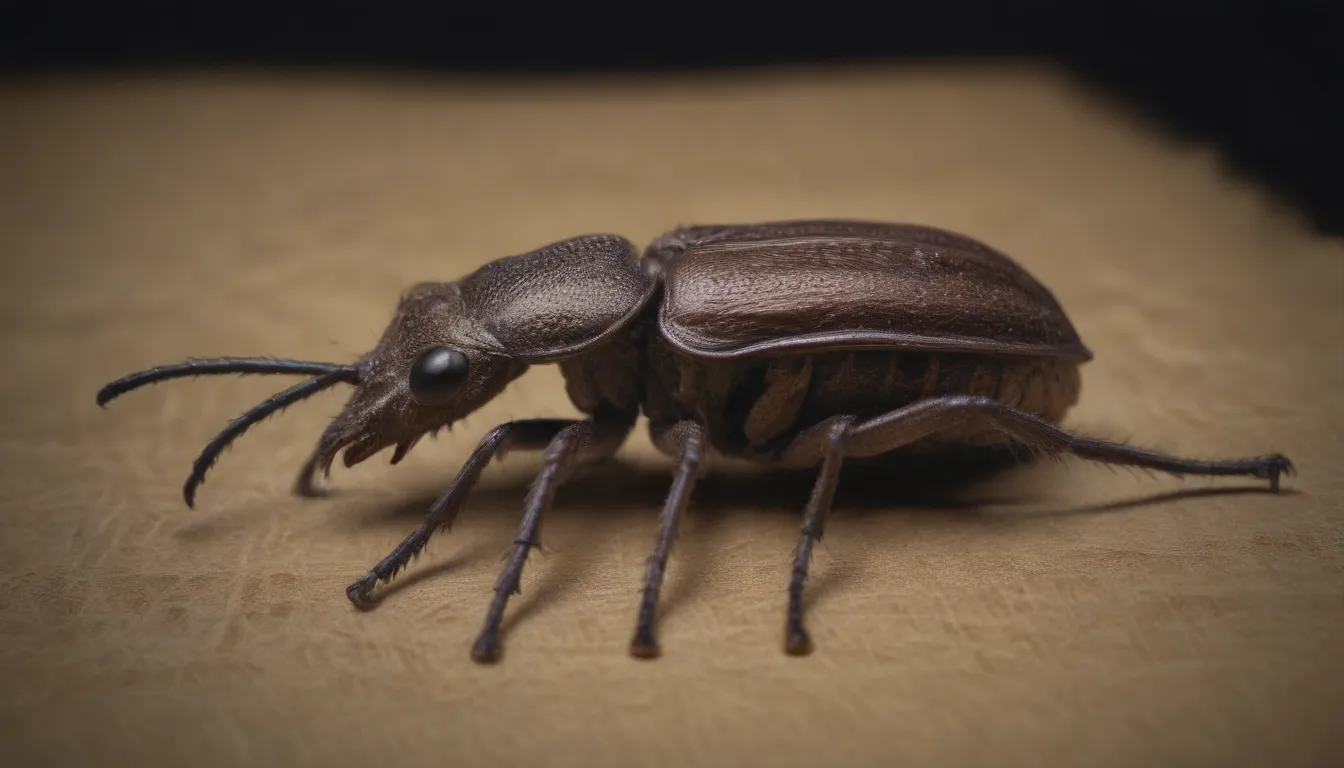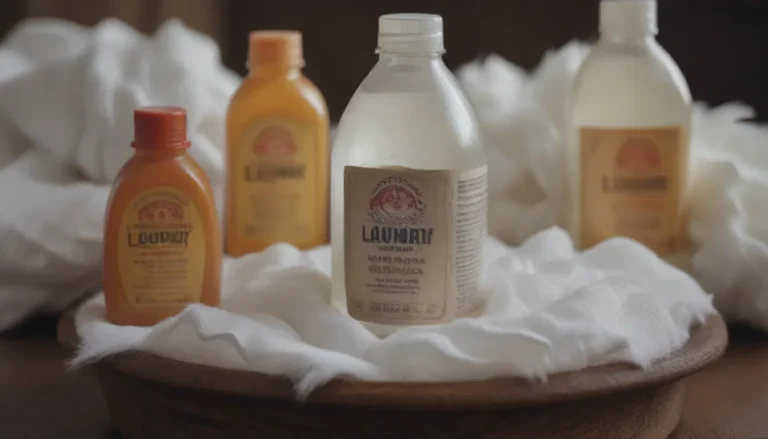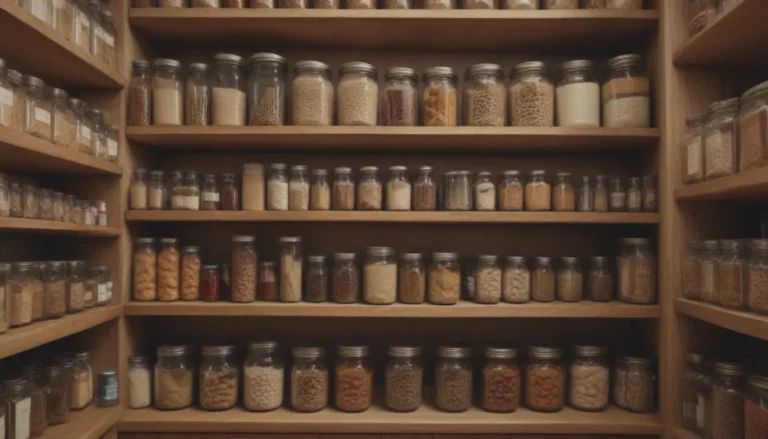Everything You Need to Know About Weevils Infesting Your Food

If you’ve ever opened up your pantry to find tiny bugs crawling around your dry goods, you might be dealing with weevils. These pesky critters, also known as flour bugs or long-snout bugs, have a knack for infesting flour, rice, cornmeal, and other pantry staples. But fear not, because in this comprehensive guide, we will delve into everything you need to know about weevils, including how to identify them, prevent them, and get rid of them for good.
Understanding Weevils
Weevils are a type of beetle characterized by their elongated snout. With over 95,000 different species of weevils out there, the ones you’re most likely to encounter in your kitchen are rice weevils, granary or wheat weevils, and maize weevils. These tiny bugs might not pose a threat to humans or pets in terms of carrying diseases, but they can wreak havoc on your stored food products, gardens, and plants.
Weevil Identification
- Weevils typically measure between 1/8 inch to 1/4 inch in length.
- Their distinctive long snouts make them easily recognizable.
- Weevils can live up to eight months and travel far from their initial food source.
- Keep an eye out for the larvae, which resemble little white grubs.
Types of Weevils
- Rice Weevils:
- Tip: Of the weevils that can fly, the red palm weevil is one of the most prolific fliers, covering long distances daily.
- Maize Weevils
- Granary Weevils
How Weevils Invade Your Food
Unlike other pantry pests that simply feed on items, weevils take it a step further by living and feeding inside the food itself. The female weevil chews a hole into a seed or grain kernel, deposits an egg inside, seals up the opening, and leaves the egg to hatch. Once the larva emerges, it feasts on the food until it matures and exits the grain or seed, starting the cycle anew. This continuous process can lead to significant damage and spoilage of stored foods.
To make matters worse, weevils can be brought into your home through packaged foods, or they might fly or crawl in from outside. Once inside, they can quickly multiply and spread to nearby food items if left unchecked.
Dealing with Weevil Infestations
The rice weevil, known for its destructive nature and ability to fly, is particularly troublesome. However, all weevil species can cause extensive damage to stored foods. If you spot these pests in your pantry, it’s essential to act swiftly to prevent further infestation.
Tips to Get Rid of Weevils:
- Thoroughly clean out infested cupboards and storage areas.
- Use a vacuum to eliminate eggs, larvae, and adult weevils.
- Store grains and other susceptible foods in airtight containers.
- Discard any food items that show signs of weevil infestation.
Avoid resorting to chemical treatments as they may not be safe for use around food. Instead, opt for natural repellents like garlic cloves and bay leaves, which can deter weevils from making themselves at home in your pantry.
Preventing Weevil Infestations
It’s always better to prevent weevils from getting into your food in the first place. By taking a few proactive measures, you can safeguard your pantry staples from these unwanted intruders.
Preventive Measures:
- Place bay leaves in your dried food containers.
- Scatter garlic cloves around your pantry shelves.
- Regularly inspect food items for signs of weevil activity.
- Keep storage areas clean and well-organized to minimize potential hiding spots for weevils.
Remember, weevils prefer dark, warm, and moist environments, so be diligent in checking these areas for any signs of infestation. If you do find weevils in your home, promptly dispose of contaminated food and clean the affected areas thoroughly to prevent a recurrence.
Weevils are resourceful creatures that can find their way into your home through small openings or cracks, so be sure to seal any potential entry points. If the infestation persists despite your efforts, consider seeking assistance from a pest control professional.
In conclusion, weevils might be tiny, but their impact on your stored foods can be significant. By staying informed about these pests and implementing preventive measures, you can safeguard your pantry from unwanted intruders. Remember to stay vigilant, clean, and organized to keep weevils at bay and preserve the integrity of your food supply.
For more information on dealing with weevils, refer to these resources:
– WebMD: Weevils – What to Know
– Pennsylvania State Extension College of Agricultural Sciences: Weevils on Stored Grain
– Environmental Entomology: Evidence of Contact Pheromone Use in Mating Behavior of the Raspberry Weevil
– University of Minnesota Extension: Pantry Pests – Insects Found in Stored Food
Remember, a little prevention can go a long way in keeping your pantry pest-free and your food supply safe. Stay informed, stay proactive, and bid farewell to those pesky weevils for good!





